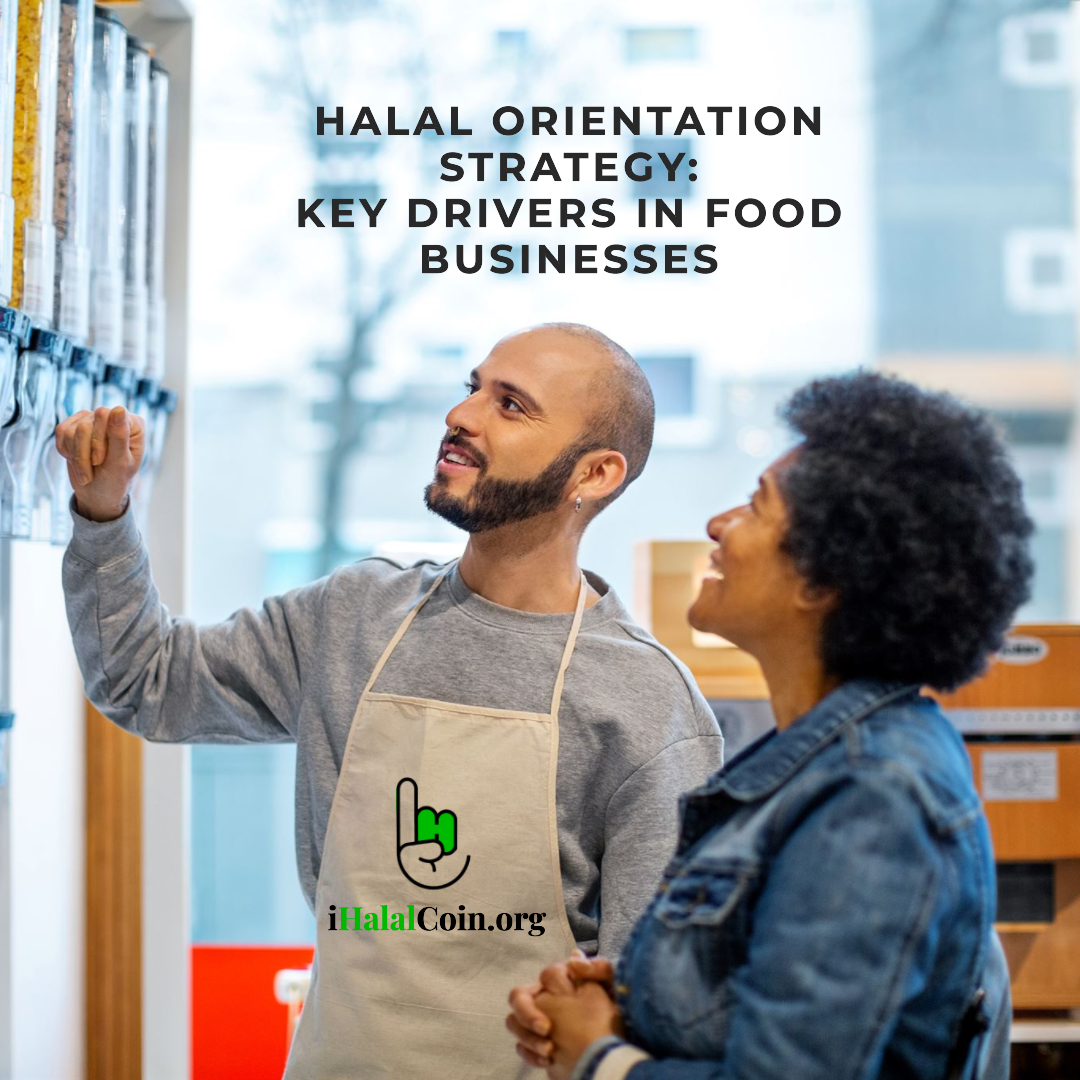The “Halal Orientation Strategy” is a pivotal element in today’s global food industry. This strategic operation, adopted by numerous food businesses, navigates the burgeoning halal market. It’s not merely about compliance with halal standards; it’s about integrating these standards into every aspect of the business, from sourcing and production to marketing and distribution.
Understanding Halal Orientation Strategy
A comprehensive approach, the strategy involves aligning business operations with halal principles. It’s more than just offering halal products; it’s about creating a business environment that respects and upholds the principles of halal. This strategy can be a key differentiator for food businesses, setting them apart in a competitive market.
The Quran provides clear guidance on what constitutes halal food. For instance, in Sura V, Section 1, Paragraph 3, it states: “Forbidden to you (for food) are: dead meat, blood, the flesh of swine, and that on which hath been invoked the name of other than God…” [1]. These principles form the foundation of the Halal Orientation Strategy.
Key Drivers of Halal Orientation Strategy
Several driving forces propel the adoption of the Orientation Strategy in food businesses. One of these is the supply chain strategy and halal assurance system. A robust supply chain strategy ensures that all ingredients and processes comply with halal standards, while a halal assurance system provides the necessary certification and verification [2].
Another driver is halal awareness and Islamic brand orientation. As consumers become more aware of halal principles, they are increasingly seeking out brands that align with these principles. This is particularly true in Muslim-majority countries, but it’s also a growing trend in other parts of the world.
The competitiveness of the halal food industry in the global market is another key driver. With the global halal food market projected to reach USD 2.55 trillion by 2024 [3], businesses that adopt a Halal Orientation Strategy stand to gain a significant competitive advantage.
External drivers and policy adjustments also play a role. For instance, in Malaysia, the government is actively promoting the country as a halal hub, which is driving more businesses to adopt a Halal Orientation Strategy [2].
Case Studies: Halal Orientation Strategy in Action
Several case studies illustrate the successful implementation of the Halal Orientation Strategy. For instance, Malaysia’s positioning as a halal hub has been facilitated by the integration of supply chain strategy and halal assurance system [2]. This has helped to boost the country’s halal food industry and attract international investment.
Another case study involves the analysis of the competitiveness of the halal food industry in Malaysia. The study identified several driving forces, including the increasing demand for halal food, the availability of raw materials, and the supportive government policies [4].

Challenges and Opportunities in Implementing
Despite the clear benefits, implementing the strategy is not without challenges. These include ensuring compliance with halal standards, managing supply chain complexities, and navigating regulatory requirements. However, these challenges are outweighed by the opportunities, which include access to a growing global market, enhanced brand reputation, and the potential for increased profitability.
Conclusion
The Halal Orientation Strategy is a powerful tool for food businesses seeking to tap into the burgeoning halal food market. By understanding the driving forces behind this strategy, businesses can better position themselves for success in this competitive market.
References
- Quran, Sura V, Section 1, Paragraph 3. Link
- “Positioning Malaysia as halal-hub: integration role of supply chain strategy and halal assurance system”. Link; “Drivers of halal orientation strategy among halal food firms”. Link
- “Global Halal Food Market 2020-2024”. Link
- “An analysis on the competitiveness of halal food industry in Malaysia: an approach of SWOT and ICT strategy”. Link

